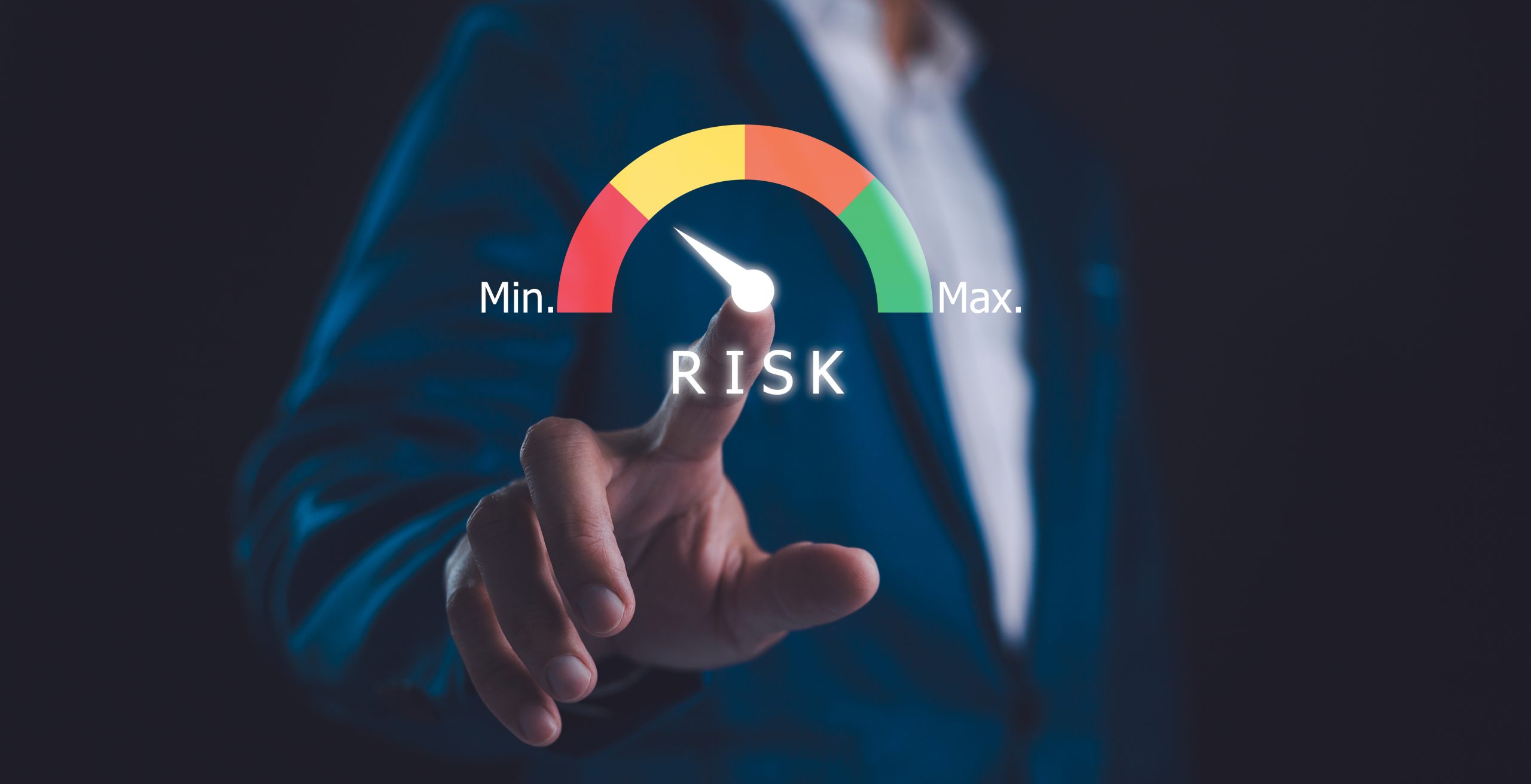Over the last decade, many companies and industries have increased their focus on sustainability by measuring the environmental impacts of daily operations and pursuing corporate social responsibility initiatives to reduce waste and energy costs. Following the advent of ubiquitous high-speed internet and high-quality videoconferencing services, businesses large and small began testing part-time remote-work policies, which can reduce travel emissions and office electricity use.
Although the hybrid office was already a popular idea at the start of 2020, no one could have envisioned how much would change by year-end. As the COVID-19 pandemic rapidly pushed the global knowledge workforce to work remotely, businesses began paying more attention to how much energy and emissions they might be saving by reducing daily commutes, business travel, and heating and air conditioning for offices. Global climate change remains a concern for virtually every industry, and it is becoming clearer each day that traditional practices such as frequent long-distance business travel and long daily commutes may never regain their peak popularity.
Going Green
Today, it is virtually impossible to ignore the environmental impacts of products, services, and work itself. While there is no silver bullet to eliminate emissions and other impacts stemming from office work, high-quality videoconferencing is increasingly being seen as a net-benefit way to reduce an organization’s total footprint.
Instead of burning gasoline to commute to the office for a meeting or burning jet fuel to fly to a client’s headquarters, businesses can hold video meetings. They can also conduct virtual site visits, walkthroughs, speeches, seminars, and even entire conventions, dramatically lowering the environmental impact.
A growing body of research is revealing that work-from-home and hybrid-work policies can significantly lower electricity usage in office buildings, in addition to direct fossil fuel use for vehicles. With 28% of total U.S. emissions originating in transportation, companies striving to improve sustainability can make few changes that are more impactful than enabling workers to work from home at least part-time.
In fact, Kate Lister, president of Global Workplace Analytics, recently stated, “”There is no easier, quicker, and cheaper way to reduce your carbon footprint than by reducing commuter travel … The annual environmental impact of half-time remote work (for those who both want to work remotely and have a compatible job) would be the greenhouse gas equivalent of taking the entire New York state workforce off the road.””
Looking Good While Doing Good
The quality of collaboration technology is key to making remote collaboration—and reduced corporate carbon emissions—a reality. Luckily, videoconferencing technology has advanced immensely.
Remote workers can face technical challenges if they’re using the wrong collaboration technology, however. Many basic webcams and microphones integrated in laptops, for example, don’t even match the video- and audio-capture quality of high-end smartphones. Since the home office is the new corner office, workers who spend hours a day on video will want to look their best and make investments to improve quality and reliability.
Better solutions exist in abundance, with advanced cameras, microphones, headsets, and software all helping to improve the quality of virtual communications through clearer picture and sound and more reliable, trouble-free setup. The options range from sub-$100 packages that simply upgrade the audio and video quality to $1,000-plus professional-grade tools with special features like noise cancellation; remote controls; pan, tilt, and zoom functionality; and multiple cameras and multi-microphone arrays that can capture entire rooms evenly.
More Than Just Sustainability
According to Global Workplace Analytics, approximately 56% of U.S. workers hold a job that is at least partially compatible with remote work, and that even before the pandemic, a whopping 80% of employees wanted to work from home part-time. In fact, more than a third of those polled said they would even take a pay cut in exchange for more flexible in-office hours. While reducing salaries and wages may not be necessary or prudent, the widespread willingness among workers to make these changes shows that restructuring work can provide far more benefits than simply reducing use of fossil fuels.
Cost savings can be a major benefit as well, with data showing that reducing business travel and allowing half-time remote work can save up to $11,000 per year per employee.
Working from home can also improve quality of life. With the average U.S. commute totaling 52 minutes each day, workers who stay home two days a week end up saving seven hours each month (nearly a full work day), while also eliminating stress from traffic, health effects from local air pollution inherent in combustion vehicles, and wear and tear on their vehicles.
The Bottom Line
Remote work has grown from a trend to a standard in just one year, forcing companies to be more agile and invest in technologies relevant to how work is done in 2021, not how it was done in 2019. Recent research conducted by Price Waterhouse Cooper found that 83% of employers and 71% of employees rated remote work as “”successful,”” and less than 20% of executives want to return to the office as it was pre-pandemic.
While there is no one-size-fits-all approach to organizing employees and the workday, there is a consistent need across all industries and responsibilities to be able to clearly, accurately, and reliably partake in video-based meetings for both internal and external communications.
A natural byproduct of increased remote communication is a major opportunity for improving sustainability and reducing emissions and impact. Companies large and small should be aware of technologies that can help maintain the expected level of performance.
STEFAN ERIKSSON is CMO at Konftel, a Sweden-based collaboration devices company. Prior to joining Konftel in 2014, he served as a journalist and editor for a number of news outlets, including a Swedish telecom magazine. Eriksson is passionate about the user experience, life-changing technology, and various outdoor activities.













